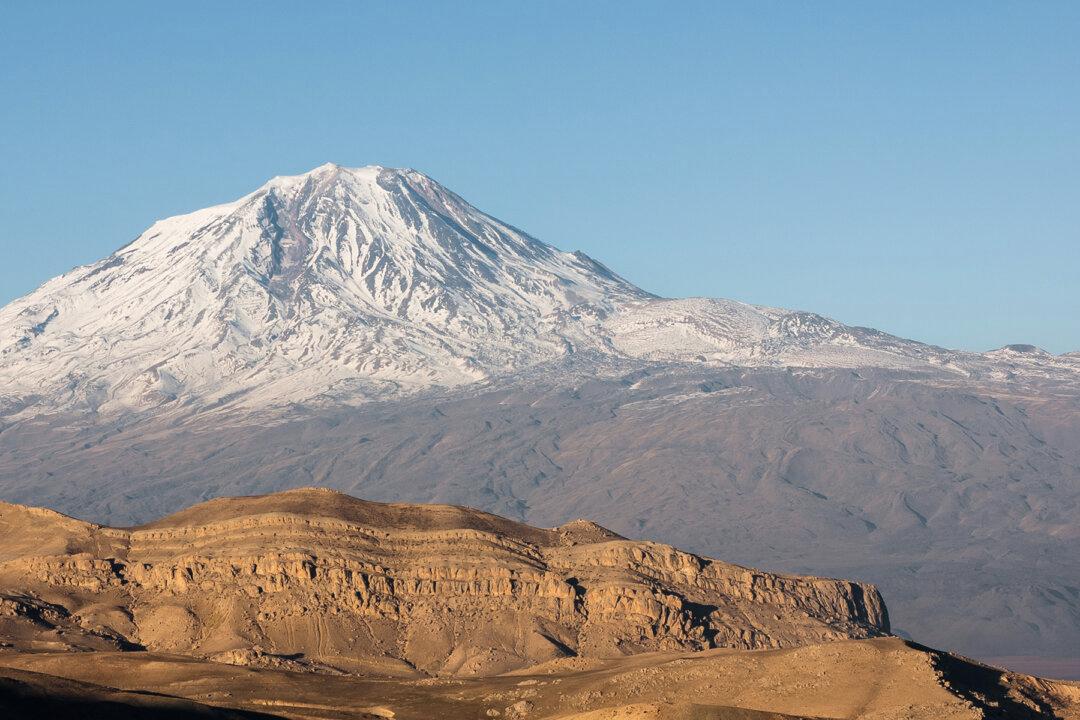From the archives: This story was last updated in November 2019.
The search for one of the most legendary boats of human history has made a potential breakthrough as multiple teams of scientists have zeroed in on a curious ship-shaped rise on Mt. Ararat in Turkey. The story of Noah’s Ark and the great flood that covered the earth, echoed in the Sumerian Epic of Gilgamesh, has long fascinated archaeologists who have wondered if remnants of the boat are still to be found.Satellite images, radiocarbon dating, and most recently, 3D scans of the site known as Durupınar have all given hope to researchers that solid evidence of the Ark may soon be found. “It’s a man-made object and it’s a ship form,” computer engineer and biblical researcher Andrew Jones told WZTV,




